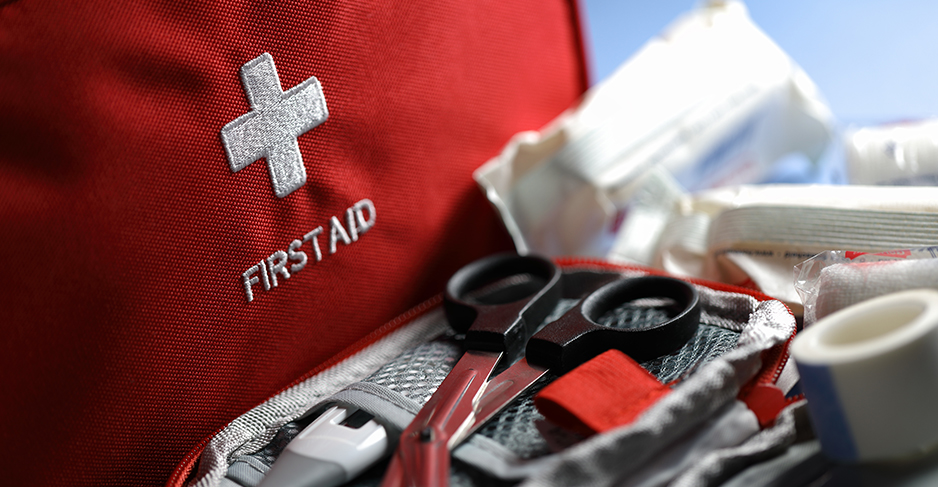
When was the last time you thought about your first aid kit? If you can’t remember, it’s time to buy a new one. You never know when an emergency is going to happen, and you don’t want to be caught unprepared. A good first aid kit can make all the difference in the world during an emergency. In this blog post, we will discuss why you should buy first aid kits and provide some tips on what to include in your kit.
How to use each item in the kit
The basic disaster kit should include enough supplies to last each member of your family for at least three days. Here are some guidelines on how to use some of the items in the kit:
- Water: Each person needs at least one gallon of water per day for drinking, cooking, and personal hygiene. Store water in clean, plastic containers with screw-on lids. If you must ration water, give each person no more than one cup per day.
- Food: Non-perishable food items such as canned goods, granola bars, and peanut butter should be included in the disaster kit. If you have infants or young children, be sure to include formula and baby food. If possible, rotate food items every six months so that they don’t expire.
- First Aid Kit: This should include items such as bandages, gauze, scissors, and antiseptic wipes. Be sure to include any prescription medications that you or your family members take regularly.
- Flashlight: A flashlight with extra batteries is essential for any disaster kit. Choose a flashlight that is durable and easy to use. Avoid candles as they are a fire hazard.
- Radio: A battery-operated or hand-crank radio is crucial for staying up-to-date on weather and emergency information during a disaster. Be sure to include extra batteries or a hand-crank charger.
- Clothing and Bedding: Everyone in your family should have a change of clothes in their disaster kit, as well as sturdy shoes and a raincoat or poncho. If you live in a cold climate, be sure to include blankets or sleeping bags.
- Other Supplies: Some other essential items for your disaster kit include a whistle (to signal for help), dust mask (to filter out contaminated air), moisture absorbers (to help prevent mould growth), and garbage bags (for trash and sanitation).
When to seek medical help

While most minor medical concerns can be addressed at home, there are certain situations where it is necessary to seek professional help. If you have a high fever, are experiencing chest pain, or are having a seizure, you should call 9-1-1 or go to the nearest emergency room. Similarly, if you have a deep cut that is bleeding heavily or another serious injury, you should seek immediate medical attention. In addition, pregnant women and young children should always be seen by a doctor for any health concerns. If you are unsure whether or not your situation warrants medical attention, you can consult your primary care provider or an online symptom checker. However, it is always better to err on the side of caution when it comes to your health.
Where to find more information on first aid procedures
The best place to find more information on first aid procedures is to contact your local Red Cross chapter or take a first aid class. The Red Cross offers a variety of first aid classes, both in person and online, that can teach you everything from CPR to what to do if someone is choking. You can also purchase first aid manuals from the Red Cross, which can be a helpful reference for both everyday situations and emergencies. Of course, the internet is also a valuable resource for finding more information on first aid. A quick search will yield a wealth of articles, videos, and blog posts on everything from bandaging a wound to treating a burn. However, it is important to remember that not all online sources are reliable, so always check with a qualified medical professional before trying any new procedure. By taking the time to learn about basic first aid, you can be better prepared to handle any situation that comes your way.

Conclusion
A well-stocked first aid kit is an important part of any home or car emergency preparedness plan. Knowing how to use the items in your first aid kit and when to seek medical help can make all the difference in a crisis. For more information on first aid procedures, visit the American Red Cross website or your local hospital’s website. Stay safe!








